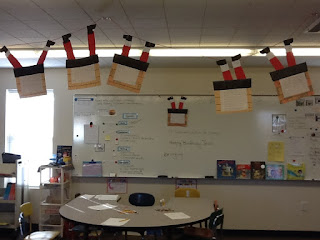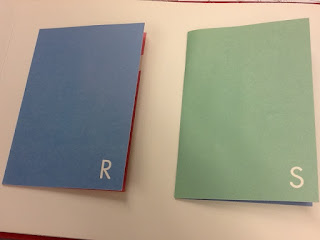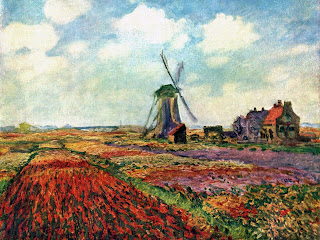This week with the help of this wonderful book we learned:
- Building a Character Map: which included the skills of finding details in the book and drawing inferences
- Using our creativity to find solutions for Santa
- Paragraph writing skills- focus on indenting
- Writing that is step by step-sequence of events
- Writing that makes sense to the reader
Some details about the characters were given right in the story. The others we had to come up with and then prove using details from the story.
We played a game after everyone filled out their character map. No one knew which character we had picked. We gave our details and everyone tried to guess which character it was. With only 2 main characters..we had a 50/50 chance!!
The next step was discussing the creative way that Russell helped Santa and what we would have done.
WHAT IS A SANTA TO DO?
What if Santa got stuck in the chimney?? What would you do or how would he solve his own problem?
Some of the student's plans for getting Santa out of the chimney:
- KS: I would pick up something heavy and throw it in the chimney and it would push Santa out.
- AM: I would make a peanut butter and honey machine and make him slip out.
- CO: I would put metal along side of Santa and he would slip out.
- BM: I would blink my magic eyes and he would magically be out. My family would be proud of me.
- CM: I would take magic from his sleigh and throw it on him and then disappear.
- MS: I would make a fire in the fireplace and it would be so hot he would jump out.
- BB: The reindeer would get him out with their horns.
- AB: Santa fell into the chimney because he was standing up in his sleigh. That is how he fell and got stuck. You shouldn't stand up in a sleigh.
- IN: He would ask the reindeer for help and if that didn't work he would push himself out.
- SS: He would push and push and push himself out. If that didn't work I would jump on him till he was out.
- JC: I would pull and pull him out. If that didn't work I would go in the house and push him out.
Linking to our Common Core Standards we:
CCSS.ELA-Literacy.W.3.3 Write narratives to develop real or imagined experiences or events using effective technique, descriptive details, and clear event sequences.




































.jpg)









